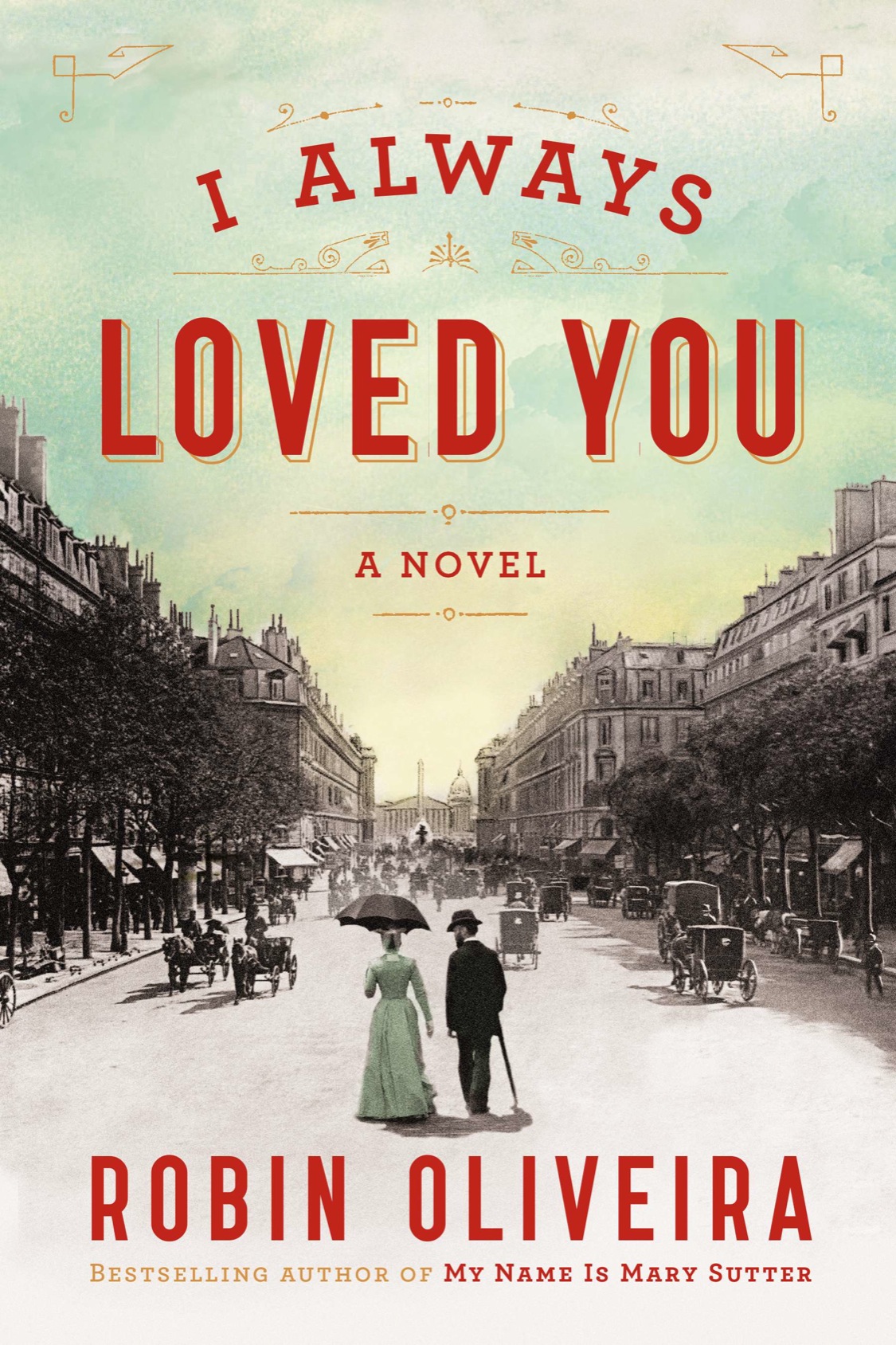
I Always Loved You
A Novel
کتاب های مرتبط
- اطلاعات
- نقد و بررسی
- دیدگاه کاربران
نقد و بررسی

December 9, 2013
In her second novel, Oliveira (My Name Is Mary Sutter) expertly draws us into the life of another famous Mary—this time in 1877 Paris, where a revolution is underway in the art world, as a few renegade painters snub (and are snubbed by) the juried exhibitions at the Paris Salon, which were then organized by the Académie des Beaux-Arts. American painter Mary Cassatt has just moved to the City of Light, not to fall in love, but to pursue her dream of becoming an artist, and she longs to get the academy’s stamp of approval. But a chance meeting with Edgar Degas, one of the leading impressionist-era rebels, changes the course of her career and life. Though it’s never been proven that the two painters were lovers, Oliveira explores the next 40 turbulent years of their relationship, and what might have been, crafting a tale of inspiration, desire, and restraint between two great artists of the 19th century.

November 1, 2013
Oliveira (My Name is Mary Sutter, 2011) draws from research and imagination to recreate the years when two impressionists--Mary Cassatt and Edgar Degas--engaged in an on-again, off-again relationship. Cassatt, the daughter of well-to-do Philadelphians, is a determined woman whose first stay in Paris is interrupted by the Franco-Prussian War. Following her return and mild success with portraiture, she's ready to pack her brushes and leave France behind a second time after her submission to the Paris Salon exhibition is rejected. However, an arranged meeting with admirer Degas and his invitation to exhibit with a group of independent artists are all the incentives Cassatt needs to stay. Although the relationship is often contentious, and Degas' promises leave much to be desired, Degas introduces Cassatt to his inner circle of friends, a socially prominent group that includes writer emile Zola and artists edouard Manet and his paramour, Berthe Morisot, who's married to Manet's brother, Eugene. Degas, frustrated with increasingly poor eyesight and possessing a cruel and insensitive demeanor, becomes Cassatt's mentor and, at times, tormentor. Often at odds, they send missives back and forth. Cassatt discovers a passion for vivid colors and embarks upon a productive period painting women and children; Degas studies the human form and strives to replicate his observations in his paintings and other renderings of ballerinas. Although sometimes they're completely alienated, they remain linked through their art and (although Degas is almost loath to admit it) love. The book is accomplished and well-researched, but the relationship between Cassatt and Degas isn't as engaging as the secondary story: the love affair between Morisot and Manet. Readers may come away with little understanding of what made Cassatt and Degas click; nevertheless, they'll gain a better understanding of impressionism.
COPYRIGHT(2013) Kirkus Reviews, ALL RIGHTS RESERVED.

December 1, 2013
Paris in the mid-to-late 19th century was the place to be if you were an artist, especially an artist trying to shake up the stodgy traditional art institutions. It was the beginning of impressionism, a movement whose birth was quite painful for all involved. Oliveira's (My Name Is Mary Sutter) new novel purports to be about the decade-long, convoluted, and complicated relationship between Mary Cassatt and Edgar Degas, yet it encompasses so much more--the relationships among other luminaries of the period, the difficulty of being a single woman and an artist in a harsh and often unforgiving male-dominated world, and the complexities of dealing with family. VERDICT Oliveira has woven a rich tapestry of the artist's life in Belle Epoque Paris, in a close, intimate rendering rather than a grand, sweeping landscape. Readers who enjoy historical fiction set in this time period will enjoy the novel, as will those who like fictionalized accounts of historical figures.--Pam O'Sullivan, Coll. at Brockport Lib., SUNY
Copyright 2013 Library Journal, LLC Used with permission.

Starred review from December 15, 2013
Oliveira follows her best-selling historical fiction debut, My Name Is Mary Sutter (2010), with a novel based on the life of the formidable American painter Mary Cassatt. Cassatt insists on living in Paris among the impressionists, so her concerned parents and loving sister join her there and are soon baffled by Cassatt's tempestuous interactions with her mercurial mentor, Edgar Degas. The true nature of their relationship remains open to interpretation, an opportunity Oliveira seizes with passionate and electrifying empathy for both artists. As she vividly renders 1870s Paris and its gossipy enclave of radical artists, including the painfully entangled Berthe Morisot and douard Manet (who is suffering horribly from syphilis), Oliveira contrasts irascible Degas and his freedom to go anywhere his omnivorous eye leads him (even as his eyesight fails) and steely Cassatt, who as a woman is forced to find inspiration in domesticity, painting incisive portraits of mothers and children as she forgoes marriage and motherhood. Emulating the powers of observation and expression possessed by the artists she so vividly and sensitively fictionalizes, Oliveira illuminates with piercing insight the churning psyches of her living-on-the-edge characters. This is a historically and aesthetically rich, complexly involving, and forthrightly sorrowful novel of the perilous, exhilarating, and world-changing lives of visionary artists breaking new ground and each other's hearts.(Reprinted with permission of Booklist, copyright 2013, American Library Association.)

























دیدگاه کاربران